Decades before the Ferrari and Porsche marques existed, Bentley was creating its mystique through racing. Founded by Walter Owen Bentley, an engineer better known as W.O., and his brother, Horace, Bentley Motors Limited followed W.O.’s motto, “To build a good car, a fast car, the best in class.”
Toward the end of a long marriage with Rolls-Royce, during which few interesting cars wearing the flying “B” insignia were made, Bentley emerged with a brighter sporting aura. In a market awash with good, fast cars and every automaker claiming “best in class” for something or other, standing out certainly poses challenges. Bentley, although owned by Volkswagen Group, achieves this by infusing its vehicles with a unique take on British sporting persona. Whether it’s a sedan, coupe, convertible, or SUV, the modern Bentley marque makes its mark in unmistakable ways.
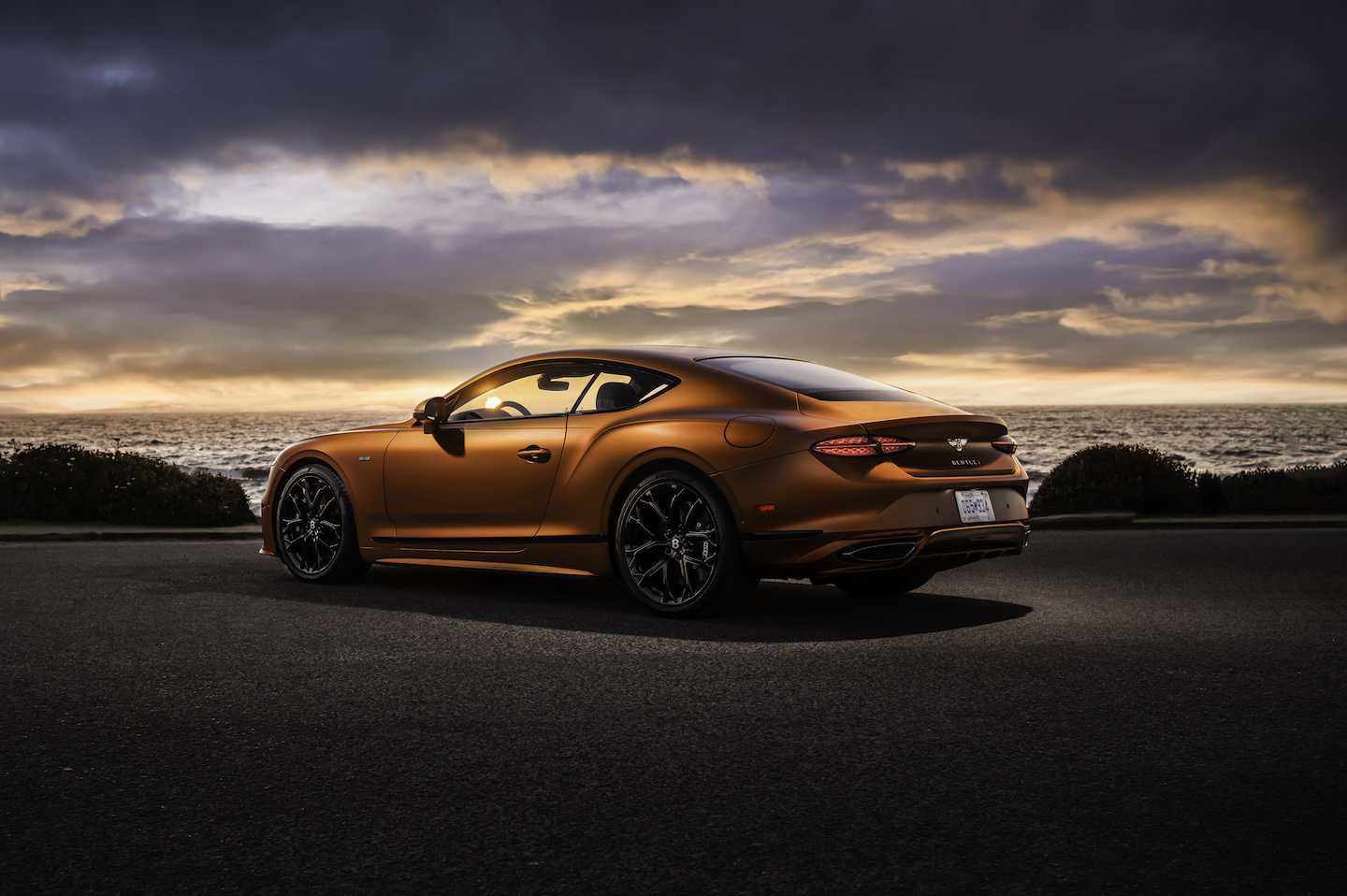
Current Bentley Models
Here’s a look at the 2025 Bentley lineup. As with other premium carmakers, the prices shown are before the piles of personalization options available. Of note: the famous and fabulous W12 engine was dropped in 2024, leaving a twin-turbo V6 hybrid and twin-turbo V8 plug-in hybrid powertrains.
Bentayga: Based on the mechanical bones of the Audi Q7, the Bentayga SUV is Bentley’s entry model. The SUV comes in standard and long-wheelbase versions, and in four trim levels. As noted, powertrain choices for 2024 include a twin-turbo V6 plug-in hybrid and a twin-turbo V8. Pricing starts around $208,000 for 2025.
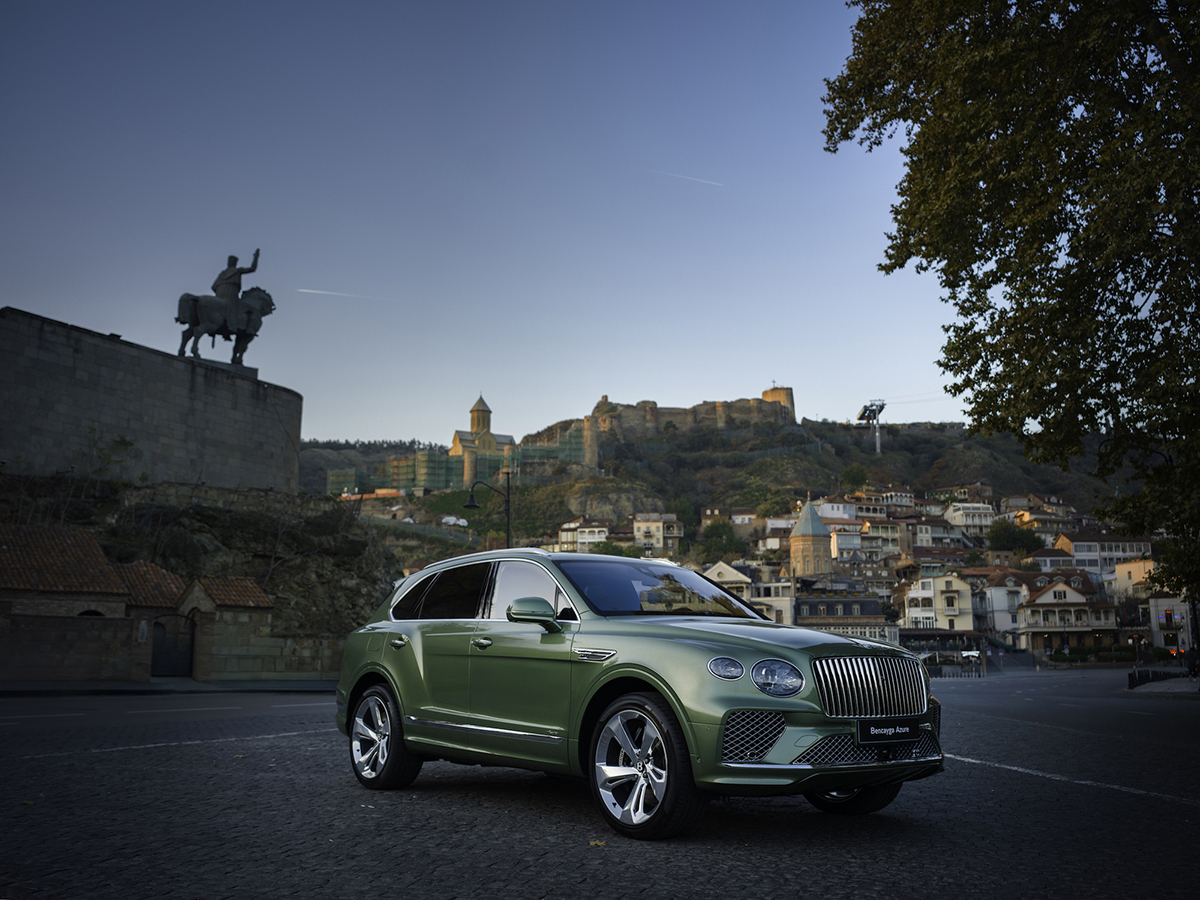
Flying Spur: Sharing its basic mechanicals with the new Continental GT (and Porsche Panamera), the 2025 Flying Spur takes its name from a 1950s/1960s limited-production Bentley sedan. With the departure of the Mulsanne sedan, Bentley made the Spur larger, and the new version fills its role perfectly. The W-12 twelve-cylinder engine has taken its final bow but is admirably replaced by Bentley’s “Ultra Performance Hybrid” plug-in powertrain. That’s shorthand for a 771-horsepower twin-turbo V8 with electric motor that outmuscles and out-accelerates the retired W12. It is also used in the new Continental GT. Pricing starts around $276,000.
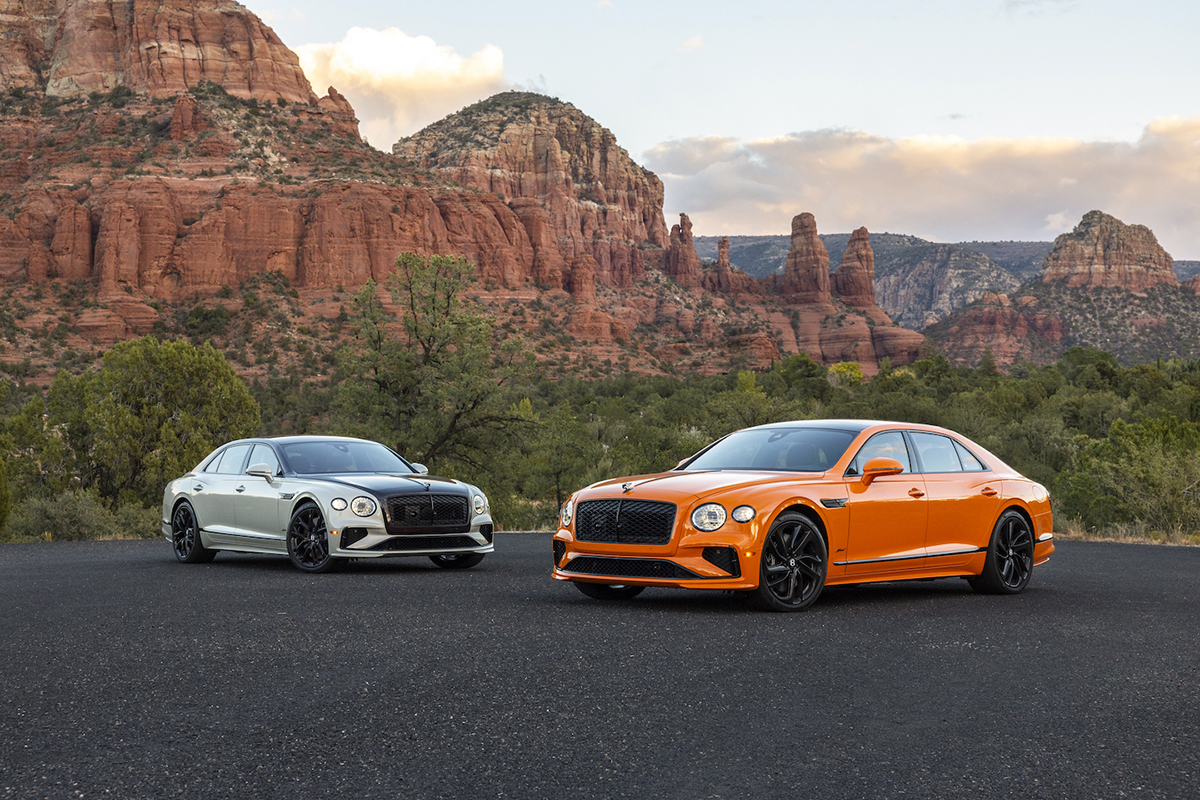
Continental GT: Offered in coupe or a convertible style, the 2025 Continental GT certainly lives up to its rich heritage. The initial model, called the Speed, uses the “Ultra Performance Hybrid” powertrain that combines output from a twin-turbo V8 plus electric motor. The redesigned Continental GT adopts some cues from the ultra-limited production Bacalar (just 12 built). Pricing for the 2025 Continental GT Speed starts at about $306,000 for the coupe, with the convertible commanding an additional $30,000.
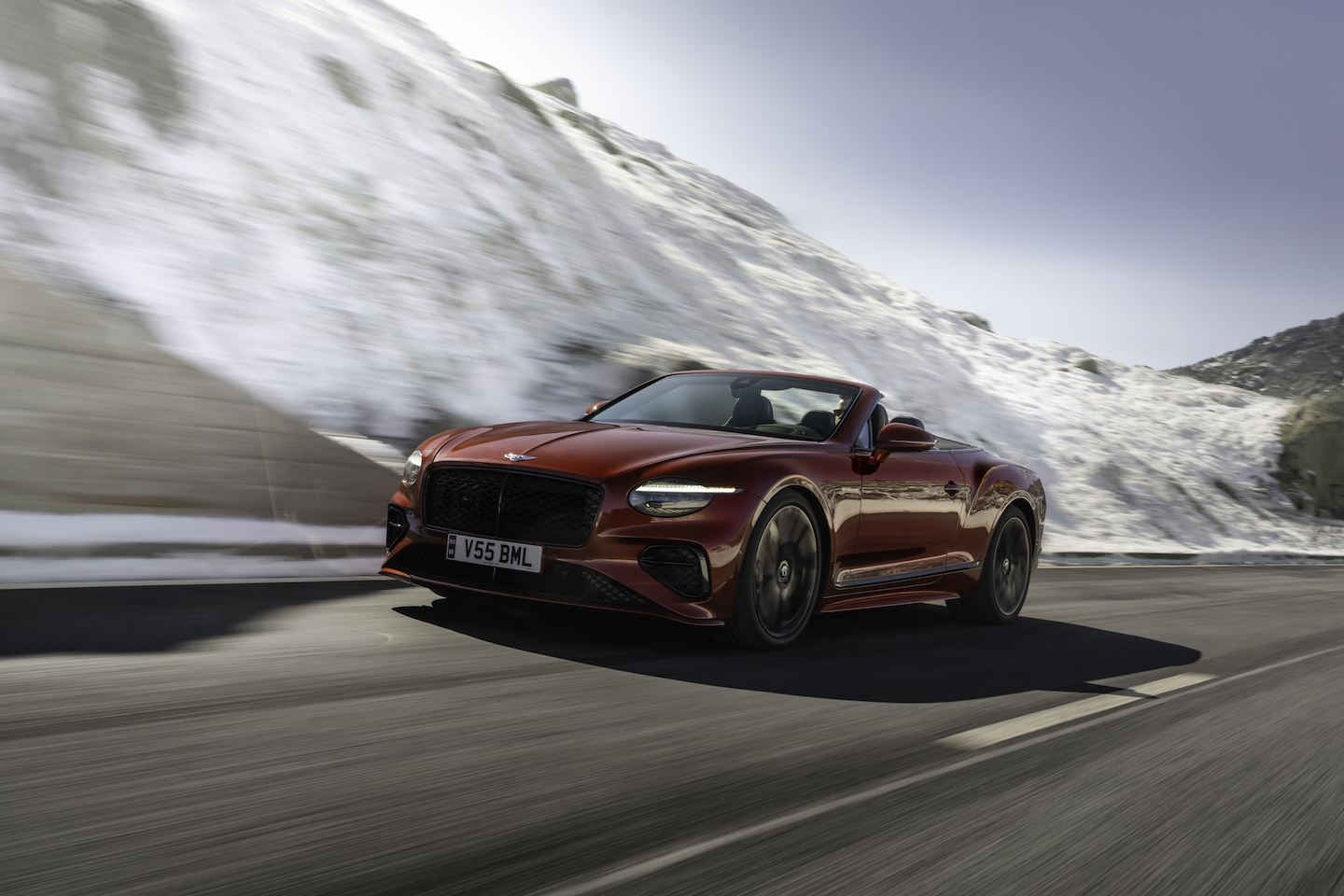
Coachbuilt Bentleys
Like Ferrari and Rolls-Royce, Bentley got back into the business of making coachbuilt specials in severely limited numbers. Revealed in 2020, the Bacalar was a topless roadster based on the Continental GT. Just 12 were scheduled to be made, each priced around $1.9M. In 2023, Bentley introduced the Batur coupe, also based on the Continental GT, and with 18 planned for hand-built production at around $2.1M each. Neither car was certified for the U.S. market.
Like fellow Brits Jaguar and Aston Martin, Bentley also started building continuations of classic models based on original blueprints. These include the 1929 “Blower Bentley,” with just 12 customer cars to be made, and the 1930 Speed Six, also with a dozen planned. Price was about $2M each.
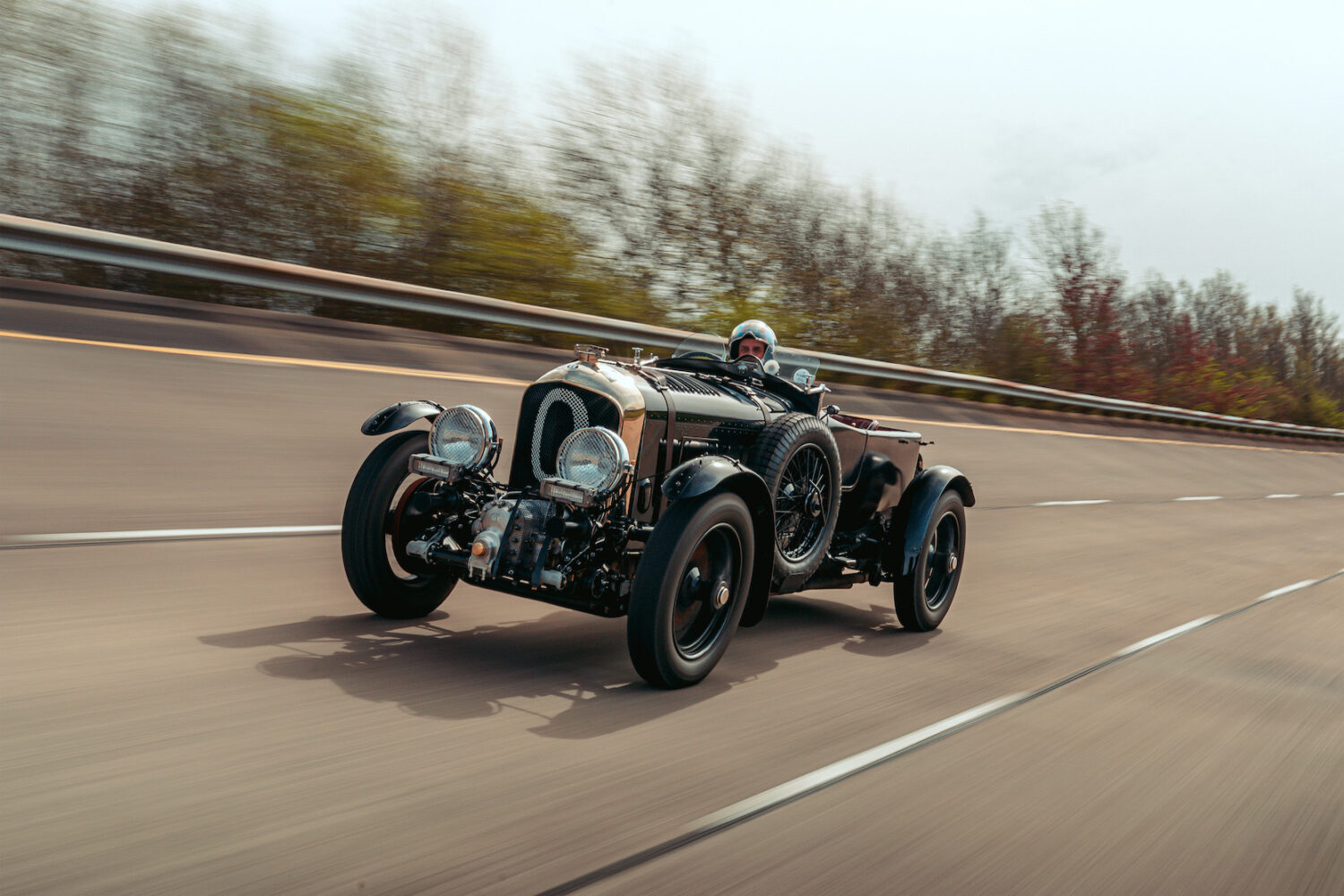
Racing from the start
Bentley’s first production model, the 3-Litre sports tourer, introduced the maker’s early penchant for innovation. The car’s big inline-four-cylinder engine featured an overhead camshaft with four valves per cylinder, plus aluminum alloy pistons pioneered by W.O. – all advanced features at the time.
Bentley began proving its cars’ speed and endurance in hillclimbs at several racing events, including at Brooklands, the Tourist Trophy, and even the Indianapolis 500, where a Bentley 3-Litre took 13th place in 1922. A privately entered Bentley took fourth place in the inaugural 24 Hours of Le Mans the following year. Bentley won outright in 1924. Bentley suddenly found itself in the top echelon of sporting automakers. Gentleman drivers of means took notice.
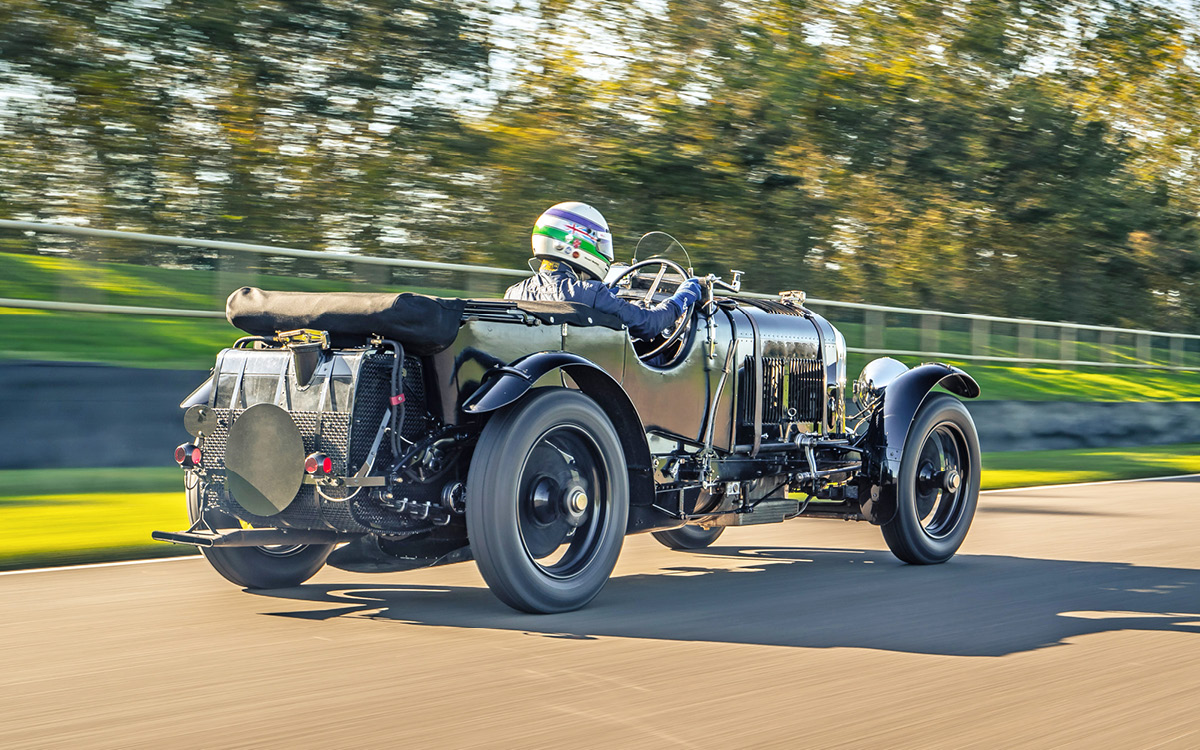
Bentley takes Le Mans … four times in a row
The Bentley 4.5-Liter was the next big four-cylinder engine, yielding 110 horsepower in road trim. Just over 700 were built. There were also 55 of the supercharged version, a.k.a. “Blower Bentley.”
Meanwhile, the big 6.5-Litre six-cylinder Bentley chassis accommodated all manner of coachbuilt designs, many using the Weyman system of layering fabric and leather over a wood frame to produce light bodies. The racing version, called Speed Six, would become the most successful of the early racing Bentleys.
Smitten by his own Bentley, British entrepreneur Woolf Barnato bought the whole company in 1925 and turned to racing to help lift its fortunes. Barnato and a group of Bentley-owning friends took their personal cars racing, scoring numerous successes, including four consecutive Le Mans wins in 1927-1930. The 1929 race saw Bentleys cross the finish line 1-2-3-4.
Despite the racing headlines and heroics by the so-called “Bentley Boys,” as the group became known, Bentley continued to struggle. A magnificent 8-Liter six-cylinder series debuted for 1930, but just 100 were made before the marque went into bankruptcy. Rolls-Royce purchased Bentley in 1931.
Bentley, the “silent sports car”
Rolls-Royce issued a series of Bentley models based on its own cars and marketed them as “the silent sports car.” Though perhaps lacking the brute sporting capability of the original Bentleys, these Rolls-built cars were certainly beautiful and distinctive, with coachwork by Park Ward, James Young, H.J. Mulliner, Hooper, Gurney Nutting and others.
The “silent sports car” continued after WW II with the Bentley Mark VI based on the Rolls-Royce Silver Wraith chassis. Like Rolls, Bentley was now offering complete cars, with bodies of its own design, while also still offering chassis for customers to send to coachbuilders. GM’s Hydra-Matic automatic transmission became available in 1952, and the Mark VI could hit 100 mph.
The pre-war design themes continued into the 1950s with the archaic-looking R-Type, which had a clone in the Rolls-Royce Silver Dawn. It was on this robust foundation, however, that Bentley built its landmark R-Type Continental coupe. Introduced in 1952 and using sleek fastback coachwork by H.J. Mulliner, the R-Type Continental wore the most modern shape in the Rolls family. This aided in giving the Continental a top speed of 120 mph. Just 207 were made.
Continental adventures
A second-generation Continental model was based on the Bentley S1, a badge-engineered clone of the Rolls-Royce Silver Cloud. The car became the S2 with the new Rolls V8 engine in 1959. There were some significant coachbuilt models among the 400 made through the 1960s S3 version, including the strikingly elegant Park Ward drophead coupes. Coachbuilder H.J. Mulliner, owned by Rolls-Royce by then, called its sedan version the Continental Flying Spur, and one famous customer was Keith Richards of The Rolling Stones.
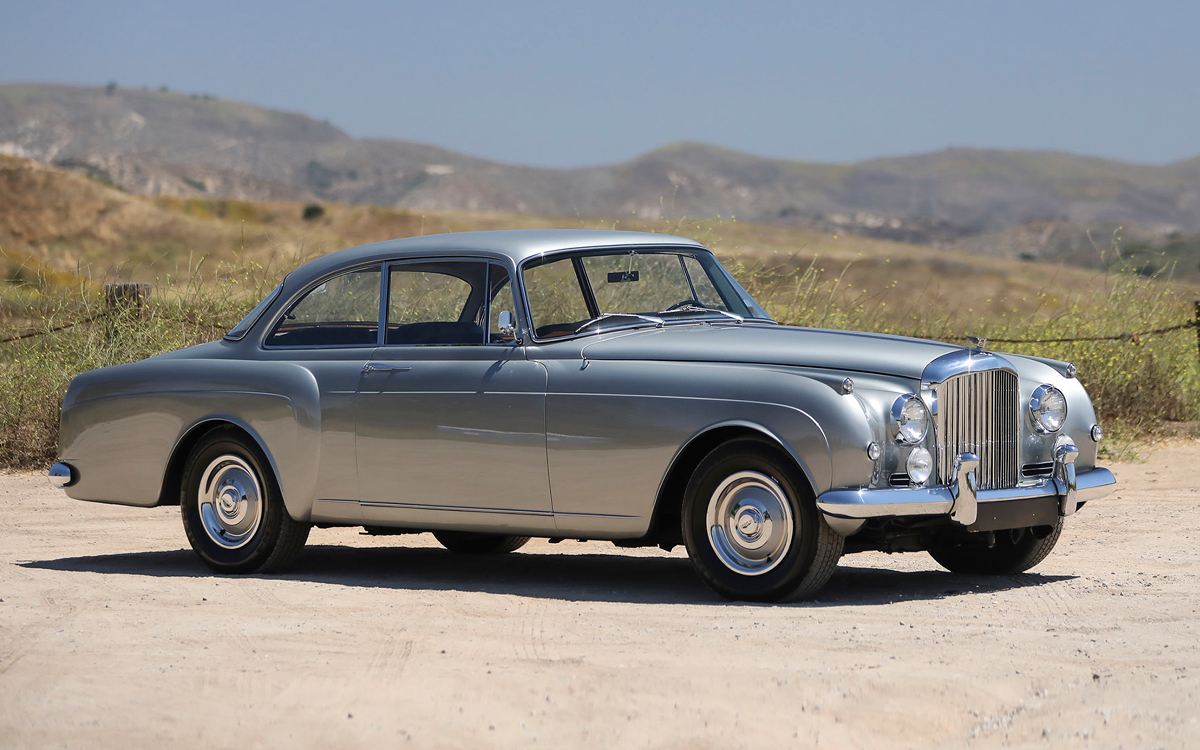
The later Sixties Bentley T1 was a badge-and-grille swap on the Rolls-Royce Silver Shadow, preferred by some over the Rolls for its perceived less ostentatious image. Such badge-engineering continued, but the choice to name Bentley’s 1980 Silver Spirit clone after the Mulsanne straight at Le Mans was questionable, given that there was no performance upgrade over the Rolls version.
That strategy changed a few years later, when Rolls decided to turbocharge its venerable aluminum V8 to build the Bentley Turbo. The successful effort to give Bentley its own identity continued with the stunning Continental R coupe in 1991. A convertible called the Azure arrived in 1995, and then a shorter-wheelbase version of the coupe called the Continental T for 1996.
Continental Divide
Bentley’s road back to individuality came to a strange fork in 1997, when BMW and Volkswagen Group battled for ownership of Rolls-Royce. The well-known result was VW getting Bentley (including the Rolls factory) and BMW winning essentially just the Rolls-Royce trademark for cars. The separation was, in retrospect, just what both marques needed.
The revived Bentley Continental GT was followed by the Flying Spur, which continue in much-updated form. The Bentayga answered the market’s demand for a luxury SUV. With a global automotive powerhouse behind it, Bentley appears poised to keep offering some of the world’s most desirable automobiles.
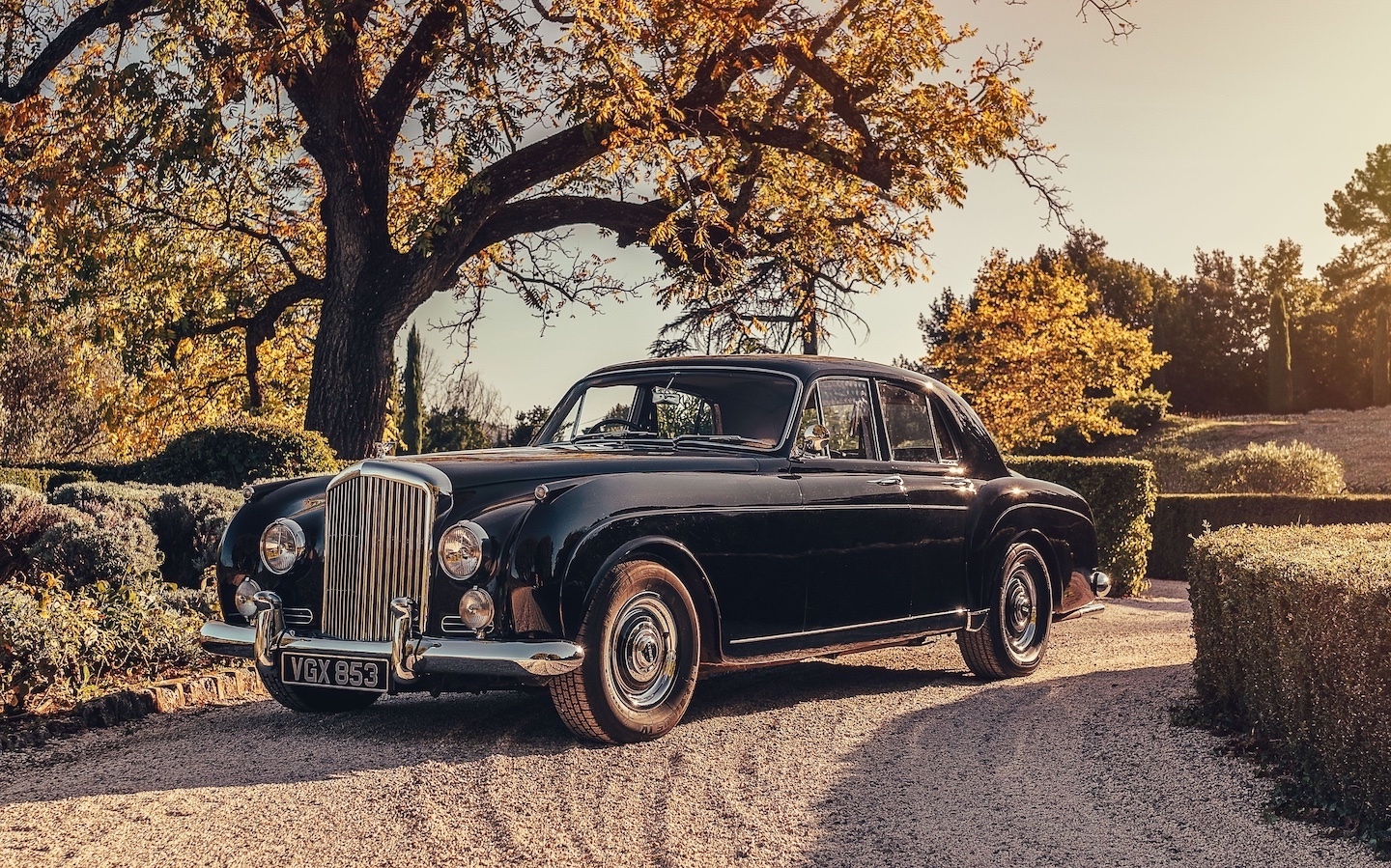
Leasing your Bentley with Premier’s Simple Lease
Whether you’re truly a Bentley boy and want to feel the excitement of driving a vintage Le Mans-type tourer or prefer Bentley’s more modern models, your first call should be to Premier Financial Services for a Bentley lease.
Premier has written over a thousand Bentley leases and has worked with Bentley dealers across the country. Our portfolio has included some great vintage and unique models, and we can certainly create a lease fit for your taste.
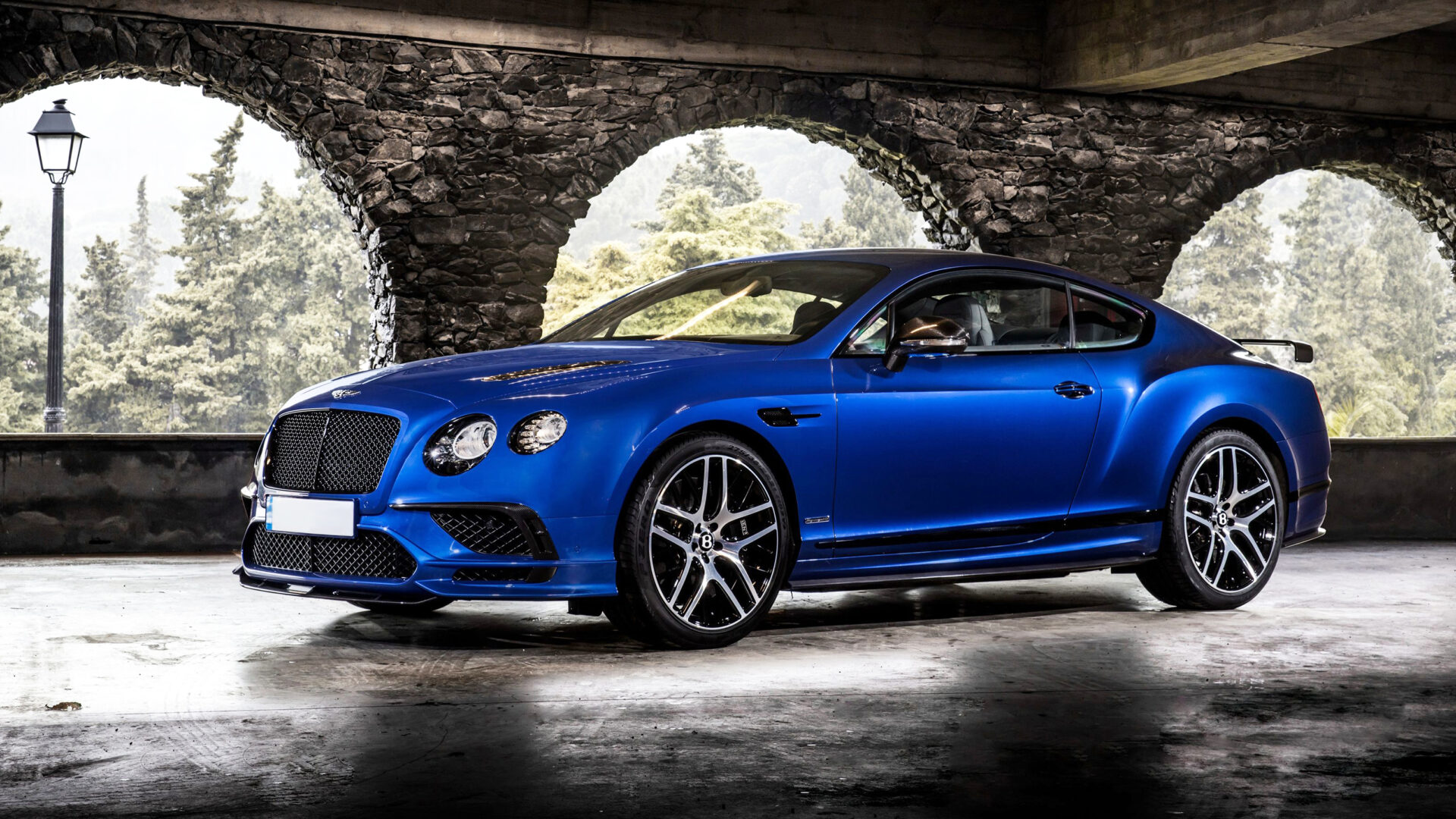
Premier Financial Services is not a licensed dealer and is not otherwise sponsored or endorsed by, or affiliated with Bentley Motors Limited.
